Episode 1: Container Identification - What does a container door have to say?
Since the container is one of the most common means of transport, you can also see many on the road, mostly from behind.
On the rear doors there is a lot of information which is very important for the person who has to load the container.
In this episode I will explain the labeling and its meaning.
Rear doors
In the upper third on the left side are the Logo of the container owner, Fa. Hanjin, and their website, so that you can get more information. This information is not mandatory.
The right-hand side is much more important, as it contains information that must be included in the container identification. This 10-digit letter/number code must be obligatory in this place and on all sides.
Episode 1: Container identification - What does a container door have to say?
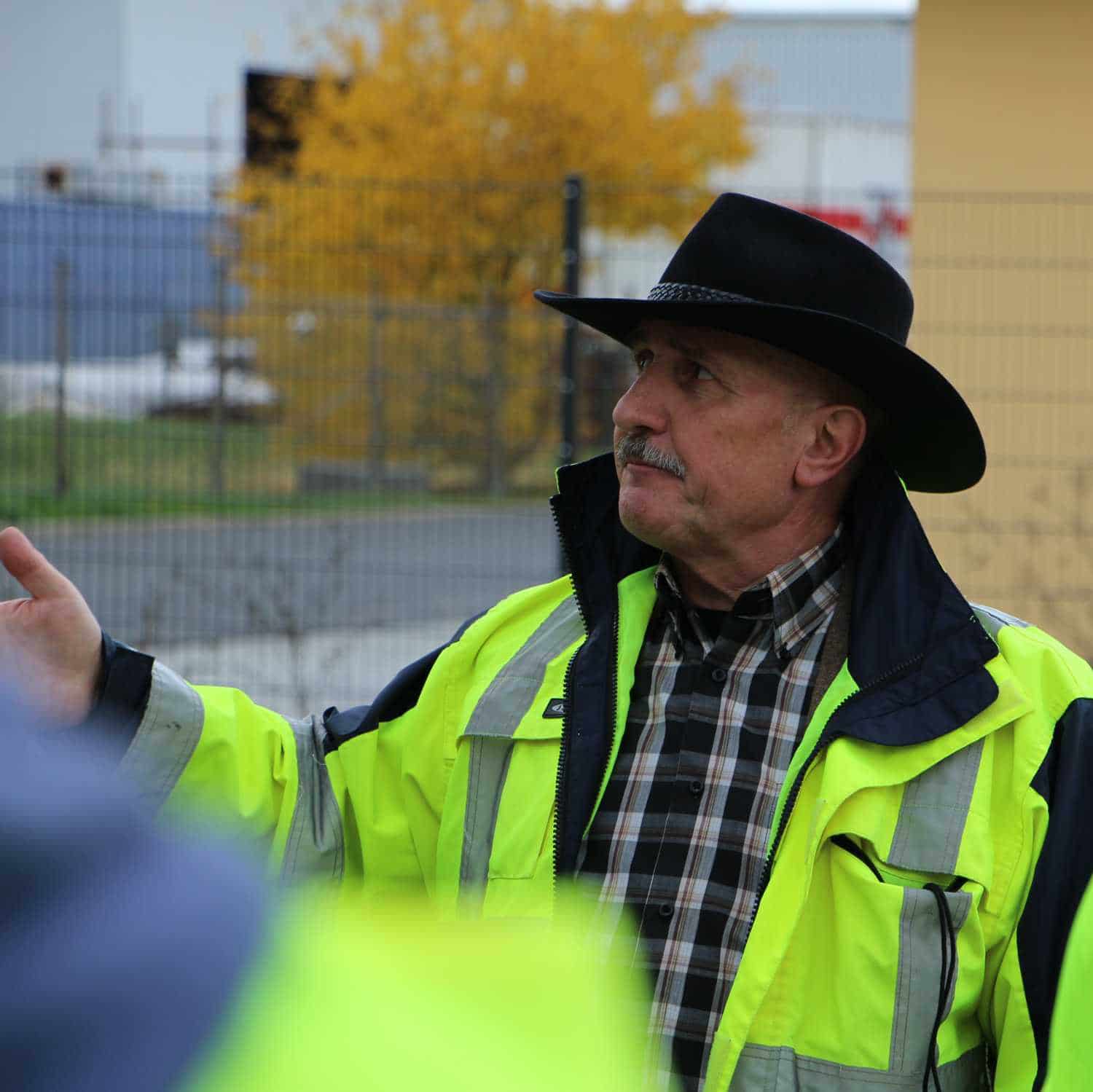
About the author:
In a series of specialist articles from the field, on topics relating to containers and trucks, you will receive first-hand professional knowledge.
How to secure cargo correctly and what are the basics of cargo securing?
They are developed and presented by Sigurd Ehringer, owner of SE-LogCon:
- VDI certified instructor for load securing
- Reference book author
- 8 years Project Manager
- 12 years with the Bundeswehr (company commander)
- 20 years of sales experience
- since 1996 consultant/trainer in logistics
- 44 years instructor/trainer in various fields
Labeling
The full label from the image reads: HJC U 192271 3
First of all there is the owner code "HJCU“. The letters HJC stand for the Hanjin company, while the letter "T"(the product group key) stands for unit and therefore occurs in all owner codes in the container area.
The 6-digit registration number "192 271" alone is not sufficient for unique identification. It always consists of 6 numbers. Missing digits are supplemented by zeros by the owner. The with some distance set 3 is the check digit. It is used to check the correctness and plausibility of the data. Data processing systems have an algorithm that checks the information "HJC U 192271" and the result is the check digit 3 receives. If the result is not "3", the specification/sequence must be incorrect. It is therefore recommended to register in the notation "HJCU 192 271 [3]" to be transferred. This is important in order to avoid sources of error, especially in the case of handwritten transfer.
In addition to the identification number, the type designation of the container is also located in this area. In the example the type designation is 45G1. Some refer to this type as a 45" container. This is wrong.
Type designation
The type designations are regulated in ISO 6346 and consist of 3 elements.
The first two numbers represent the length and height of the container.
The letter/number combination for the intended use.
The G1 designation stands for a container with passive ventilation. However, these ventilation openings, tightly under the upper longitudinal member, are mainly used for pressure equalization.
The internal temperature of the container can rise sharply when exposed to sunlight, causing the air to expand and inflate it due to overpressure. This is prevented by the pressure equalization openings. Their functionality must be checked during the incoming check.
Loading
In the middle third of the right container door important information about the loading is given. The weight is given in American pounds (1LB/LBS=0.454 kg) and kilogram (KG) indicated.
The maximum weight (MAXGROSS) of the container is 32,500kg or 71,650LB.
The Tara (TARE), i.e. empty weight, is 3,930 kg, or 8,660 LB. When determining the verified gross weight (VGM) this information is to be taken over. Details of the verified gross weight (VGM) will be described in one of the next episodes.
Below this are details of the payload (PAYLOAD) and volume (CUBE). The container is designed for a maximum payload of 28,570kg and has a volume (CUM) from 76.4m3. When loading the container, however, it must be taken into account that for road transport the total weight of the transport unit may not exceed 40,000kg (40t), or 44,000kg (44t). Thus, depending on the tare weight of the transport unit (tractor + chassis + tare of the container), far fewer kilograms may be loaded than the specification on the container door.
CSC badge
In the lower third of the left or sometimes the right container door, there is the so-called CSC plate. This plate must be present in the case of transport by sea. Therefore, this is the most important point during the incoming check by the shipper/packer. If this plate is missing, the container may not be loaded .
It provides an indication of whether the container has been damaged by the owner in accordance with CSC (Convetion for Save Containers) has been inspected and it is suitable and approved for sea transport. On this plate is the date of commissioning (DATE MANUFACTURED) is indicated as 7/2006.
The first test cycle is 5 years, i.e. 7/2011. Each subsequent test cycle is reduced to a maximum of 30 months (2 ½ years). Accordingly, the next test date must then be 1/2014. It must in any case be after the expected end of the journey. If not, the container must also not be loaded.
This CSC check can be performed by the so-called ACEP rule (Approved Continuous Examination Program ) are superimposed. This means that the owner ensures that the inspection frequency is generally 30 months. His registration number for this program is indicated by the letter/number code I/RI 99/CS/118/TO expressed.
For another registration authority it can also be different. For example, for HapagLloyd ACEP-D-HH-3. If the container has one of these ACEP markings, an inspection date is no longer required.
The container doors have other technical details that must be observed or checked during the incoming inspection. Especially with focus on CSC badge and ACEP inspection. This will be the content of the next episode.
Your Sigurd Ehringer.

We are glad to have Sigurd, a real professional of load securing, on our side.
Practice meets insider knowledge. Simply top.
Learning Video 6 (german) - Lashing Straps - NOW FREE!
Do you know the Rothschenk Academy? One of the load securing seminars that can be booked online on our store is dedicated to this topic: Load securing in the truck
We have decided to make one of the 9 instructional videos free to provide you with up-close instruction on load securing on the truck.
In video number 6 the Industrial master motor transport and driving instructor Christian Schmid the aspect lashing straps.
Covered in the free learning video:
Minute 0:36 Distinguishing features
Minute 2:35 The label and its indications
Minute 4:52 Tear tests in the test center
Minute 14:05 Application notes
Minute 17:13 Monitoring the safety means
What is the difference between compression and long lever pull ratchet? Does a knot in the webbing weaken the lashing strap? What is a pretensioning force? And what is the discard age of a lashing strap, i.e. when does it need to be replaced?
A cool mix of theory and practice directly on the truck, along with sequences straight from the Rothschenk Test Center will provide you with first-hand professional knowledge on this important topic.
Special offer: All 9 videos with 50% discount
-
- Tutorial video 1-9 Truck load securing according to VDI 2700ff
(each approx. 20-30 min.) for only 99.- € (statt 190.- € net) - Always free in advance: Video 6 for free viewing in full length (german)
- Tutorial video 1-9 Truck load securing according to VDI 2700ff
You can book these seminars with us online and complete them digitally at any time:
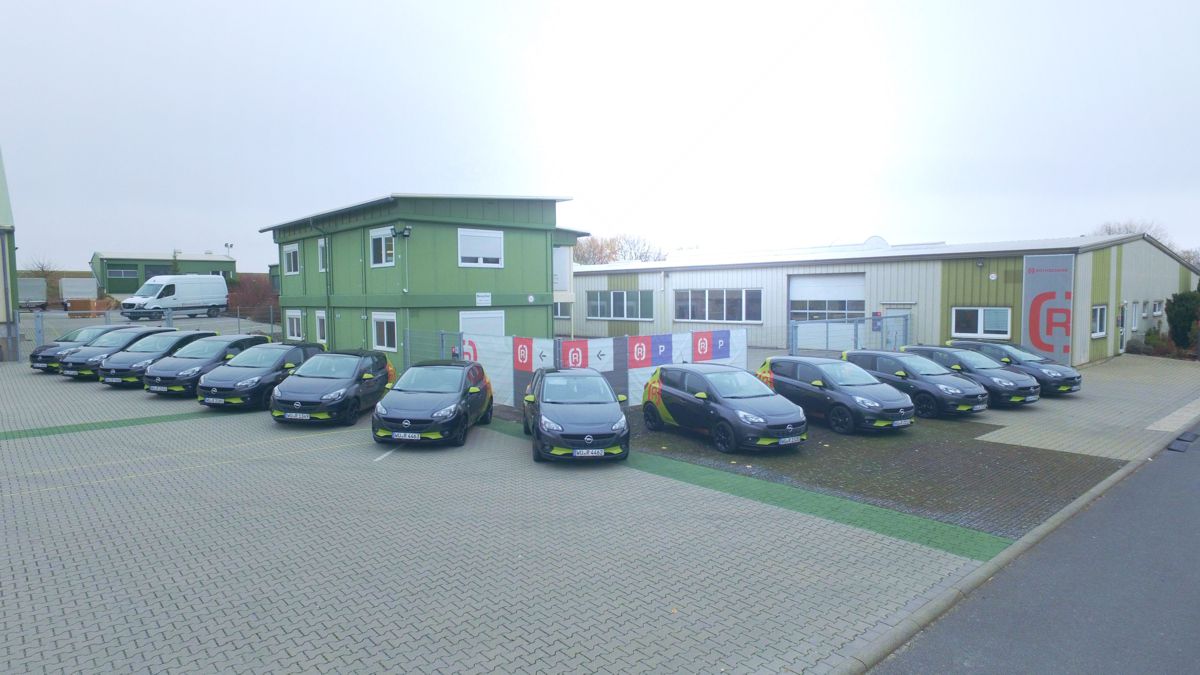
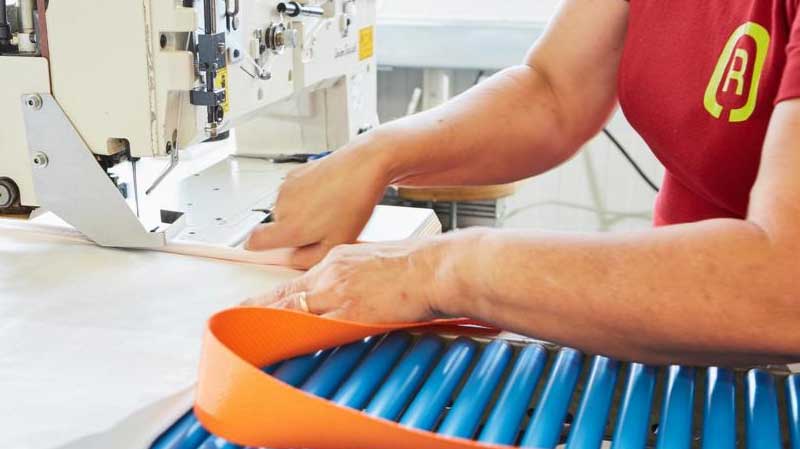
On our own account:
Rothschenk. That's us.
Rothschenk is a manufacturer of load securing equipment for overseas containers. In the tranquil town of Aub in central Franconia, we develop, test and sell our own load securing equipment such as dunnage bags/padding, Lashing restraint systems, Edge Protectors, Anti-slip Mats, Lashing Straps and drum securement. You can get a small insight into our product world in our Online Shop: [R] SHOP24.
We develop for our customers, to whom also large corporations e.g. from the CHEMICALS-, BEVERAGES- and Automotive industry belong, individual load securing. Therefore we are used to come up with new products and solutions in our own research and test department.
We stand for quality "Made in Germany„. Not only in development, but also in production. Because we are the only manufacturer for load securing with our own production site in Germany. Real "Made in Germany" even.
>> Please use the comment function below for suggestions, additions and also for further questions.
We will, of course, respond promptly and professionally. Your Rothschenk Team


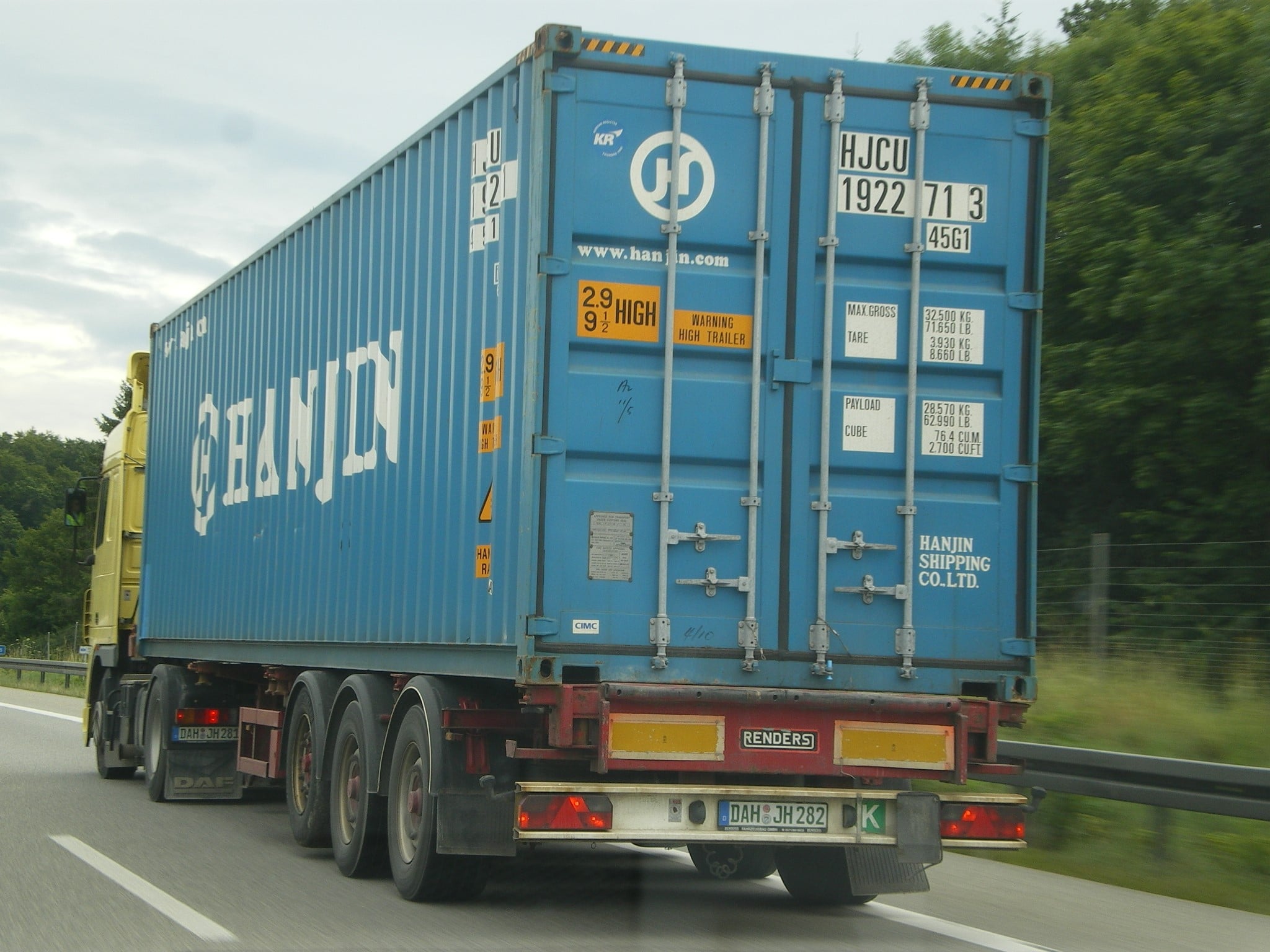
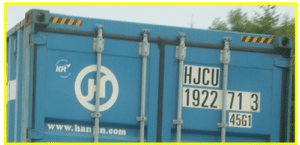
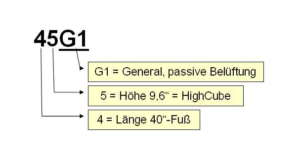

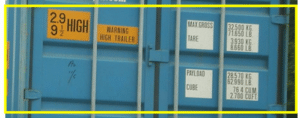




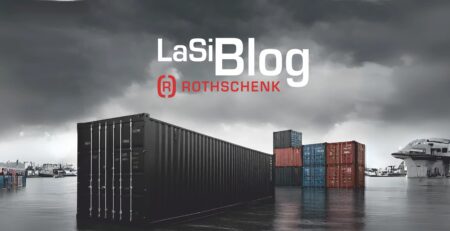
Comments (10)
Interesting thing and technically well written. Maybe you could have written something about the container seals. When is the next contribution?
My uncle would like to rent a container. It is good to know that this must be provided with a parcel. I hope that he will find a suitable provider.
I have always wondered what all the characters on containers do. Thanks to the article, I now have an idea. When I follow the next container service, I understand the labeling of loading and co.
Now even I understand the labels on the containers. I have always wondered how one knows what is inside the container. When whole ships are loaded with such containers, the people at the port only know what is inside by the labeling.
Thank you for the positive feedback. Indeed, very few people know what the numbers actually mean. Perhaps our other "container" contributions are also interesting for you. LG, the Rothschenk team.
I always take containers for the disposal of garbage. Good to know that some, however, are also labeled. Now we know what this means.
The container identification information on this website was extremely helpful to me. I learned how to read important information such as the size, type, and owner of the container based on the container door. This knowledge has helped me to be safer and more efficient when selecting and handling containers.
Hello Olli,
We are glad that we could help you with our technical article. In fact, very few people know what the numbers on the container mean. Load securing is very complex, and this becomes clear not only when loading is carried out correctly, but also when a container is delivered. Here the labeling is an important inspection feature. Your Rothschenk Team.
I had to drive behind a truck for a long time yesterday on the trip and wondered what all the letters and numbers stood for. It is interesting that by the combination both the company and the identification, as well as the type designation of the container are recognizable. I'll take a look at the different models at a container service. Thank you for the explanation.
Hello Karl,
We are pleased that we could contribute to making future car trips a little more entertaining. The topic is indeed very interesting, as a container reveals more than is initially apparent to the layman. LG your Rothschenk Team.